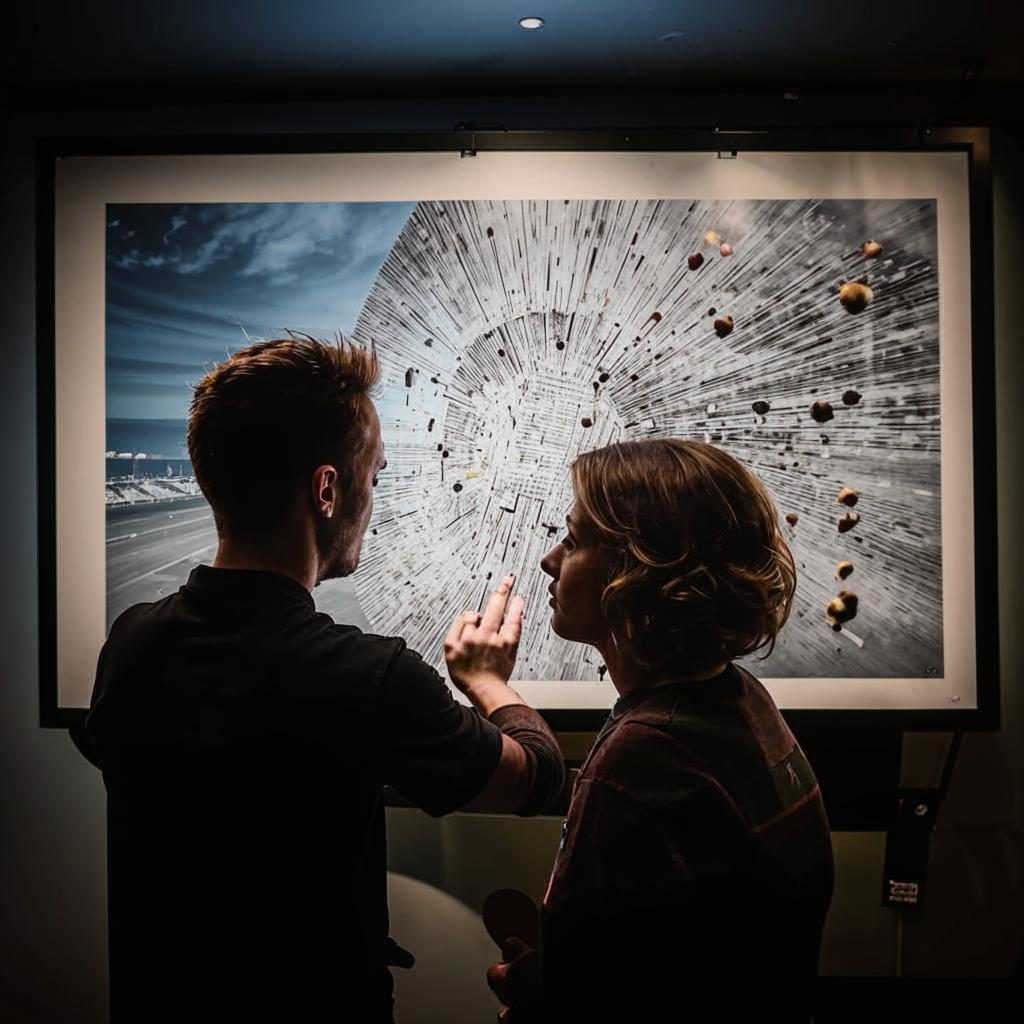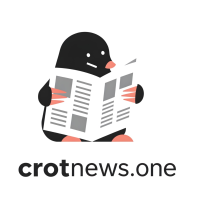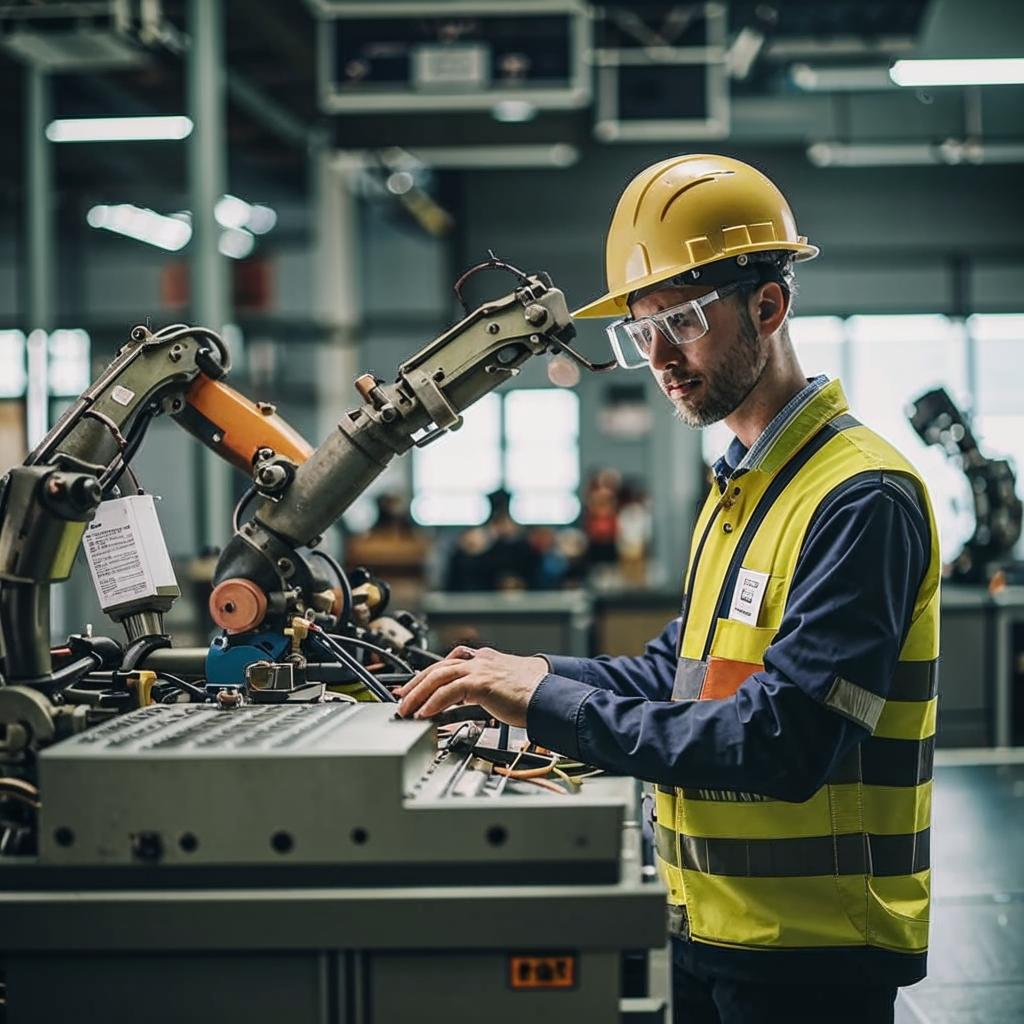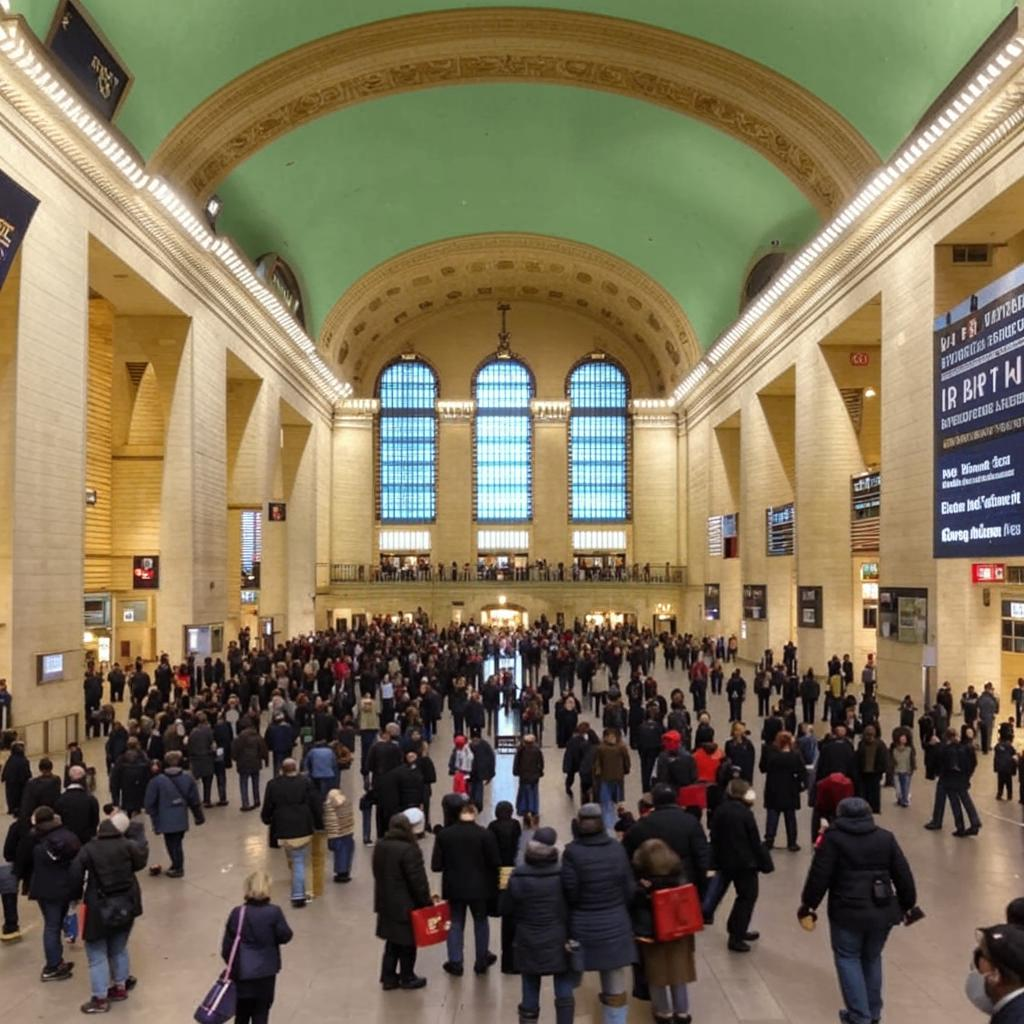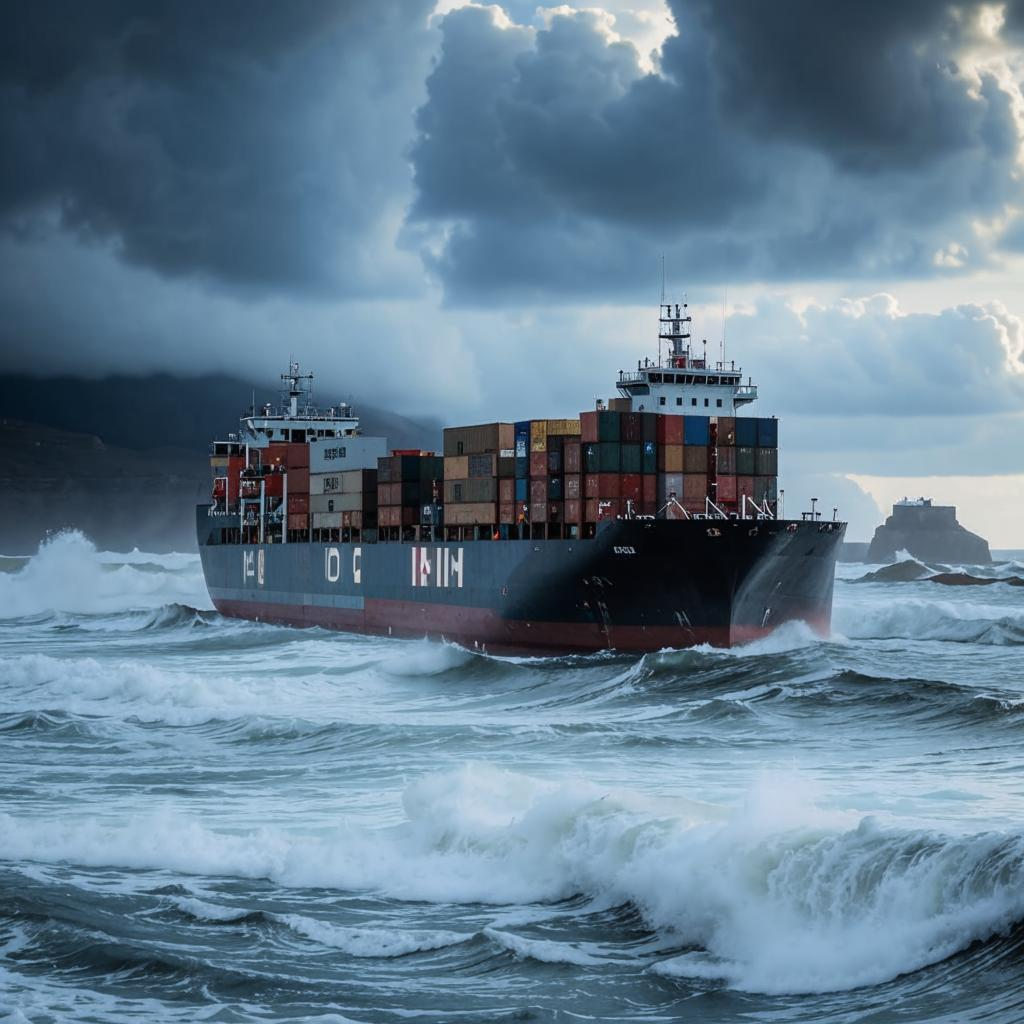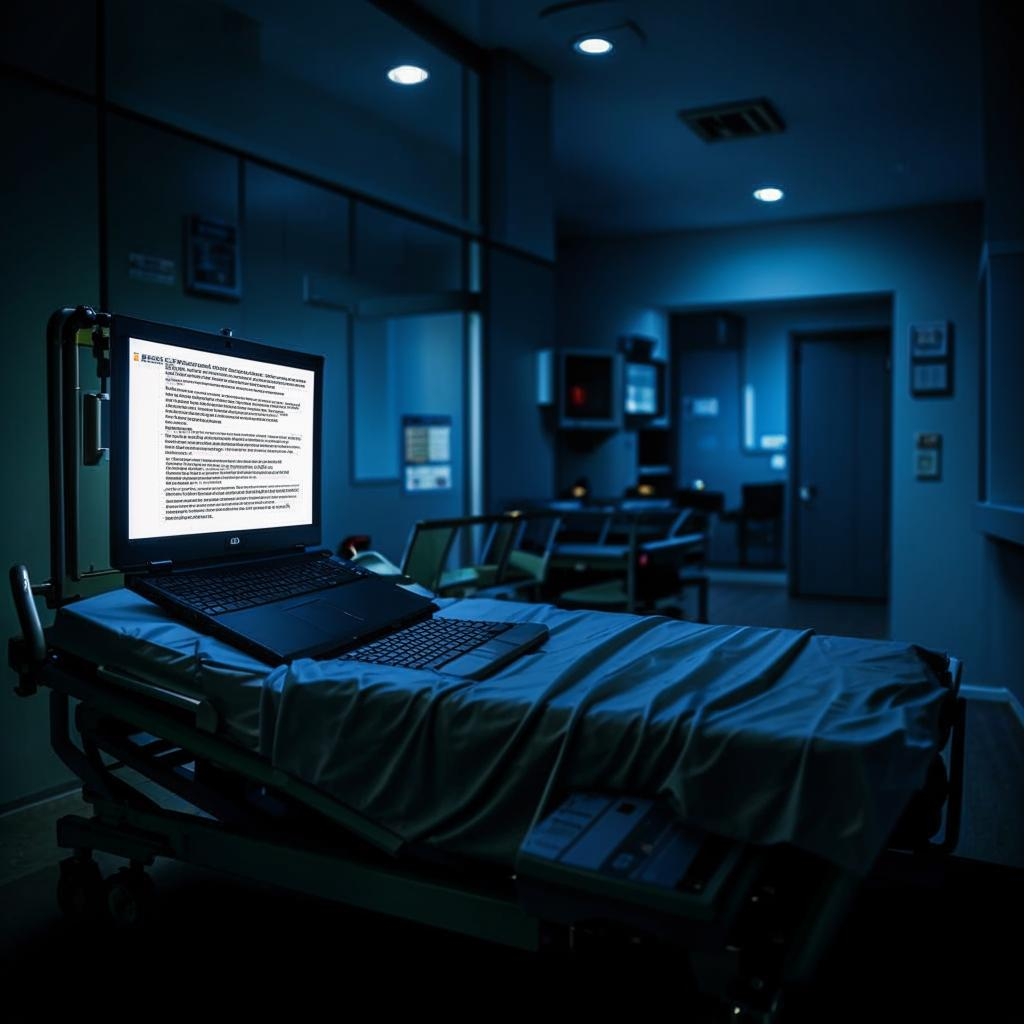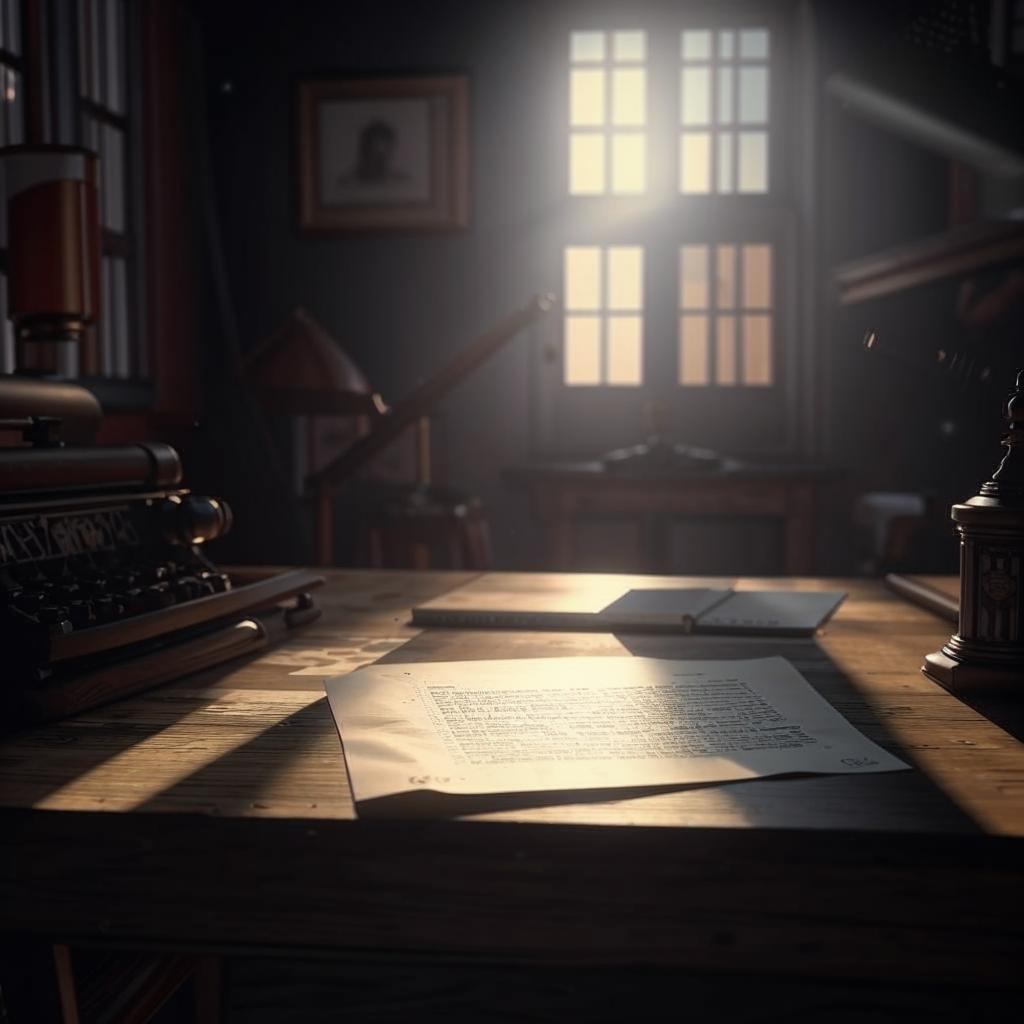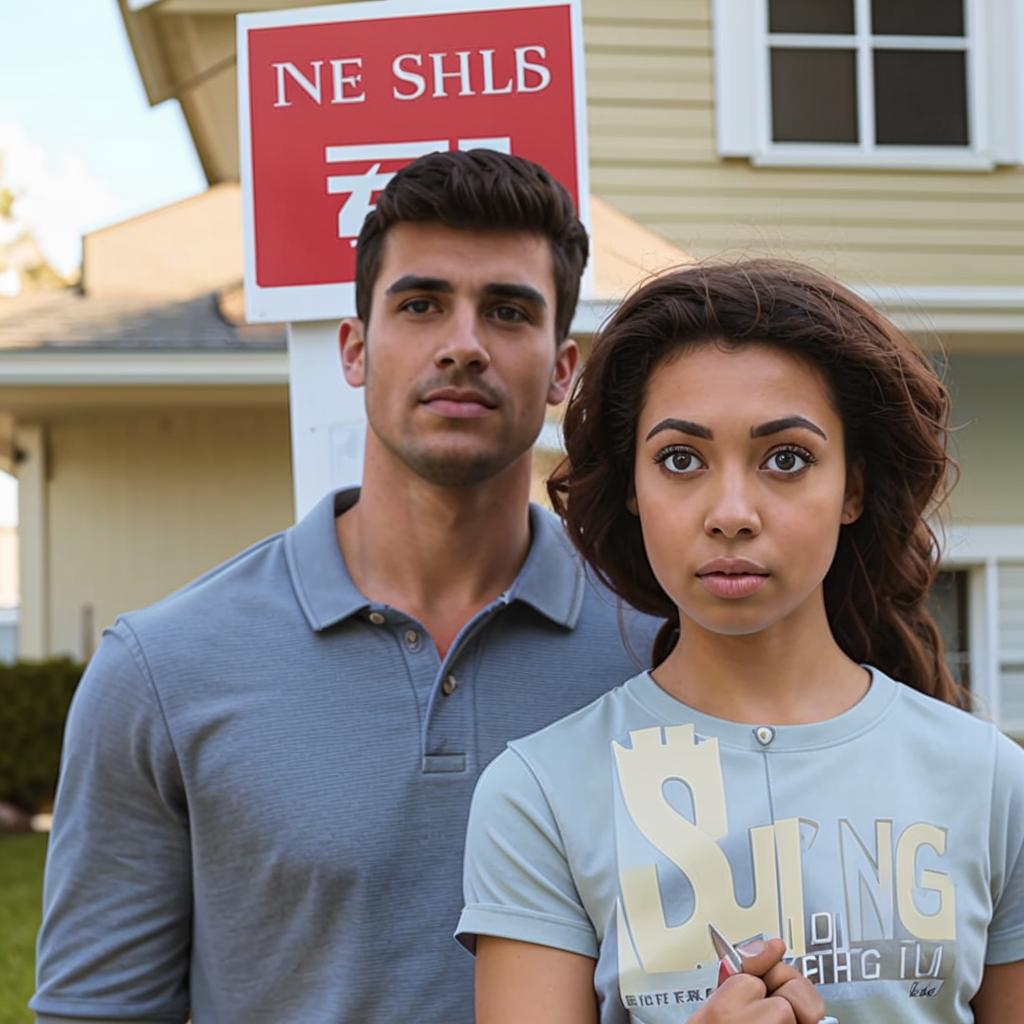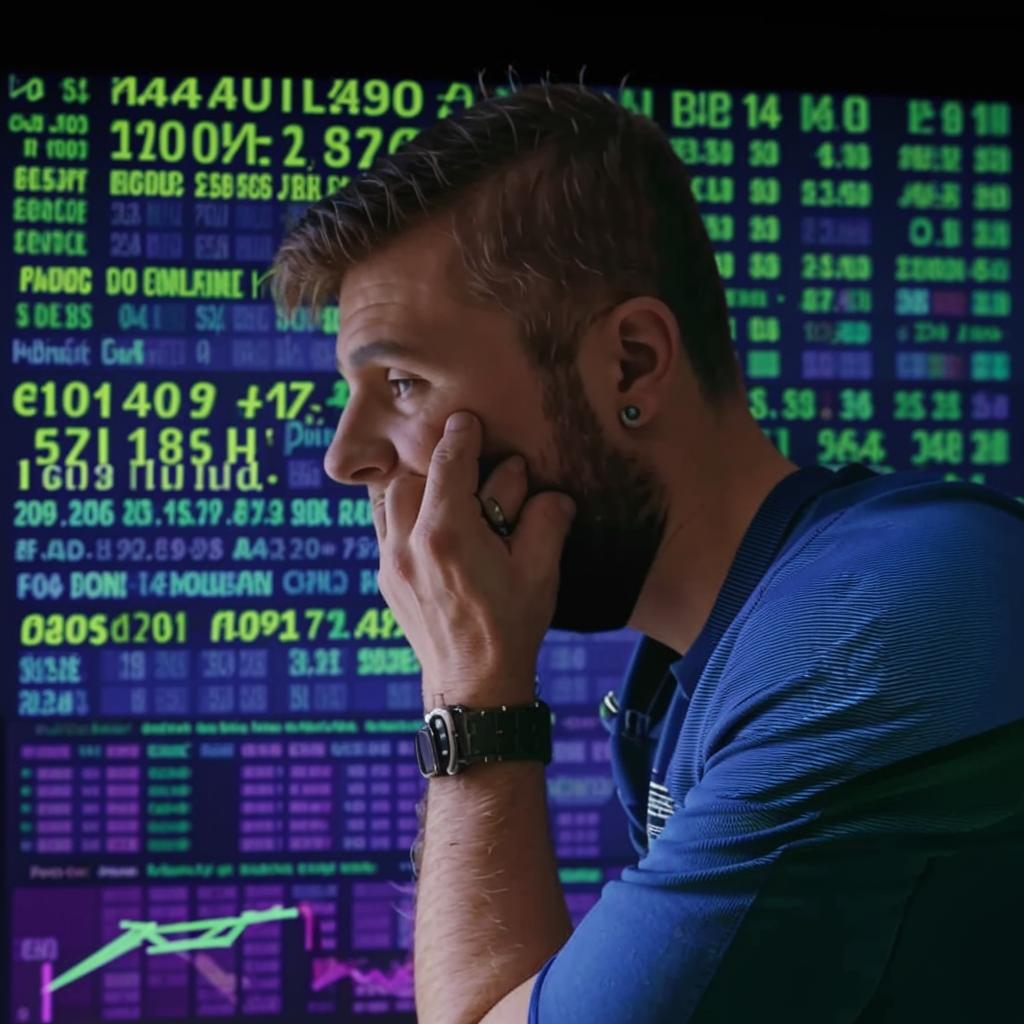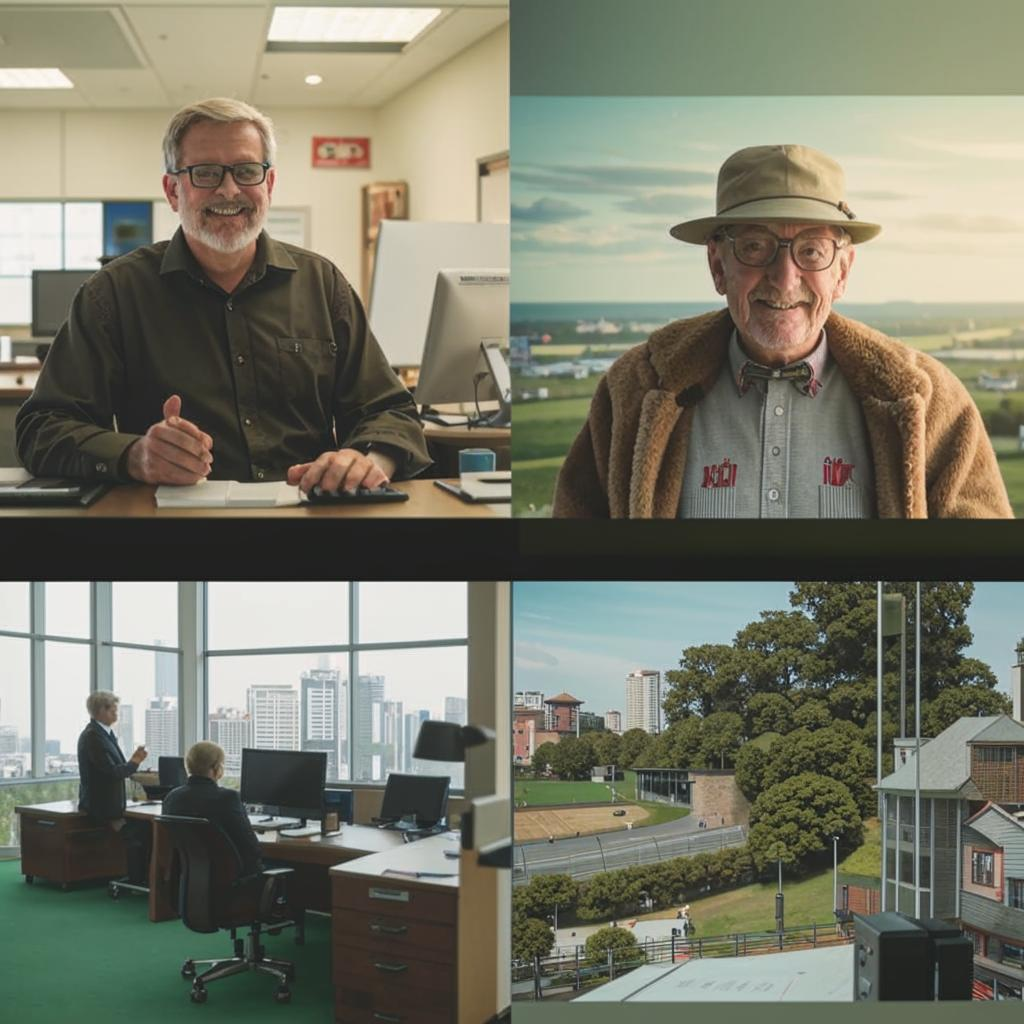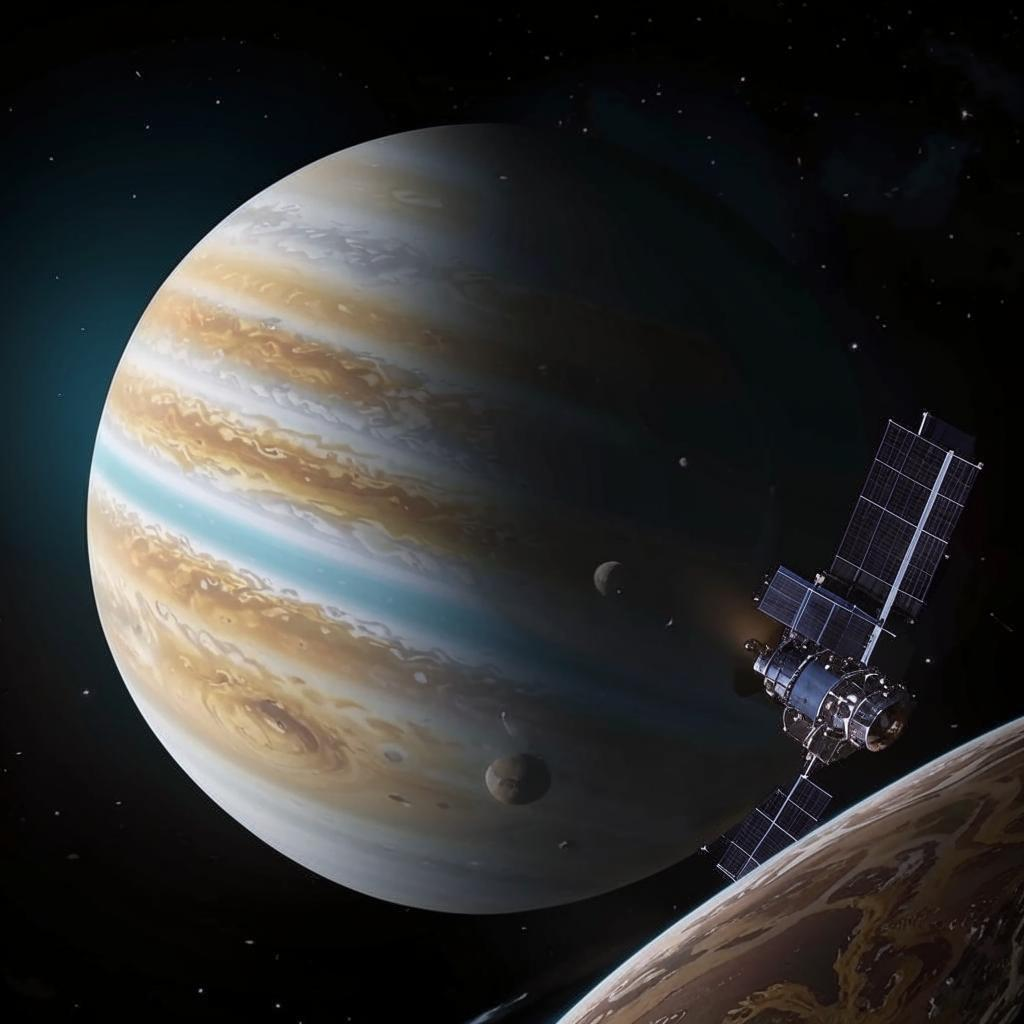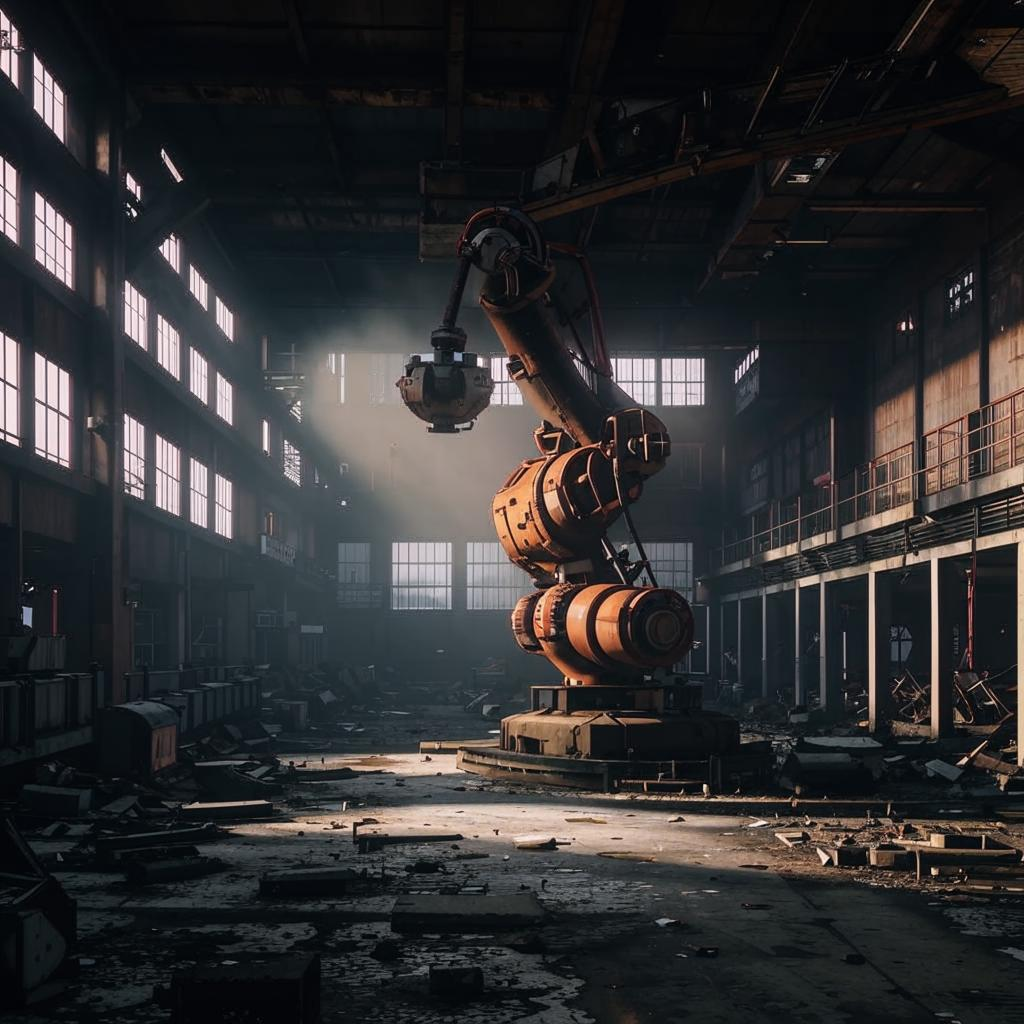AI image generation is transforming the art world, sparking both excitement and anxieties. These powerful tools can create stunning visuals from simple text prompts, democratizing artistic creation. Examples like AI-generated art winning competitions showcase the technology’s potential. However, the rapid rise of AI art raises critical questions.
Many artists fear job displacement as AI becomes capable of producing commercially viable art. Concerns about copyright infringement are also growing. AI models are trained on vast datasets of existing images, often without the consent of the original artists. This raises ethical questions about ownership and fair compensation. Some artists are actively fighting to protect their work, demanding transparency and control over how their art is used in AI training.
The debate extends beyond legal and economic issues. Some argue that AI art devalues human skill and creativity. Art, they contend, is not just about the final product but also about the process, the emotional expression, and the unique perspective of the artist. AI, lacking genuine emotion, can only mimic human creativity, potentially leading to a homogenization of artistic styles.
Ultimately, the future of art in the age of AI depends on finding a balance. Regulations, ethical guidelines, and technological solutions are needed to protect artists’ rights and ensure that AI serves as a tool for human creativity, not a replacement for it. The conversation surrounding AI and art is only just beginning, and its outcome will shape the creative landscape for years to come.
